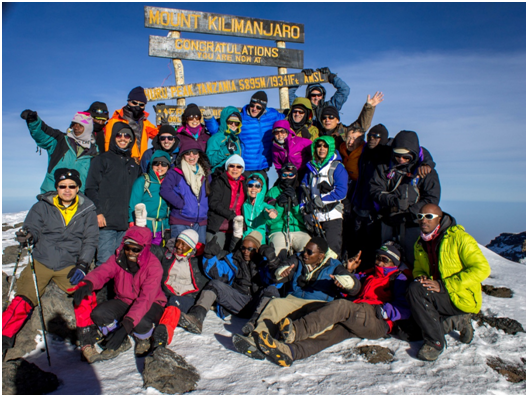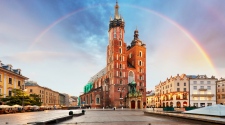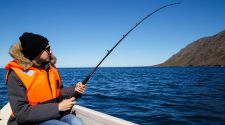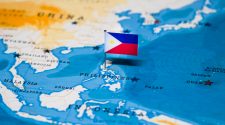Climbing the mighty Kilimanjaro is no joke. It requires skills, expertise and above all – the courage of a conqueror. The Kilimanjaro is a home to a variety of microclimates and luscious ecosystems.
Reaching the Basecamp
The basecamp is located at a distance of 128 km from Arusha and about a one hour drive away from the Kilimanjaro airport. You can also reach here from Kenya or Dar es Salaam.
The Route
The mighty mountain can be conquered through six routes. However, most people choose the Machame Route, Lemosho Route, the Shira route or the Marangu Route for climbing Kilimanjaro. The Mweka route is for descent only.
- The Marunga or the Coca Cola route is the easiest and the most popular Kilimanjaro summit route. This route has several hut accommodations and usually lasts for 5 to 6 days. You can climb here up to the Uhuru Peak at 5895 m.
- On the other hand, the Machame route is the most gorgeous one in terms of scenic beauty. Here accommodations are of the tent type and the trek is a 5 day journey.
- If you want to see the glimpse of wildlife during your trek, you must follow the Lemosho route. The forests are rich in buffaloes, elephants, leopards and cheetahs. The trip can be a 6 to 8 day trek, depending upon the acclimatization power of the trekker.
The Landscape
At the lower levels, you would get to see the evergreen forests of the Kilimanjaro Conservation area. Up to, 3, 000 meters, the landscape starts changing and turns into a shrub to an arid and rocky terrain at about 4, 000 meters. Above that, everything is snow-capped and interspersed with huge glaciers and volcanic craters.
Things to keep in mind while Climbing Kilimanjaro
- The best season to climb is from December to February when the conditions are usually clear and the weather is warm. The dry and colder months, which is from July to September is also comparably favourable.
- You would require staying in huts or campsites at various halting places. Hiring a professionalized hiking and camping tour conductor would take care of all your choices and needs.
- Make sure you do the immunizations before you travel to this beautiful land.
- To reduce chances of altitude sickness during the climb, make sure that you have control over the rate of accent, attain a healthy altitude (don’t overstress yourself to make accomplishments), reduce the level of exertion by taking appropriate halts and rests, be well hydrated and have control over diet, and make use of oxygen systems or suitable medicines as and when required. You should also have the inherent physiological feasibility to conquer these mighty mountains.
- While you are climbing, make sure you take slow and steady steps, which will help you to accumulate energy for the rest of the journey. Opting for at least a five day trip, would lessen the chances of altitude sickness.
- Do not forget to go trout fishing, climb Lengai and feel the warmth of the spectacular Crater Lake on the South Eastern slopes of the Kilimanjaro. You would also enjoy the feel of the Materuni and the Kinukamori waterfalls.
















